Binignit a Sweet Process of Making this Dessert : Holy Week Filipino Tradition
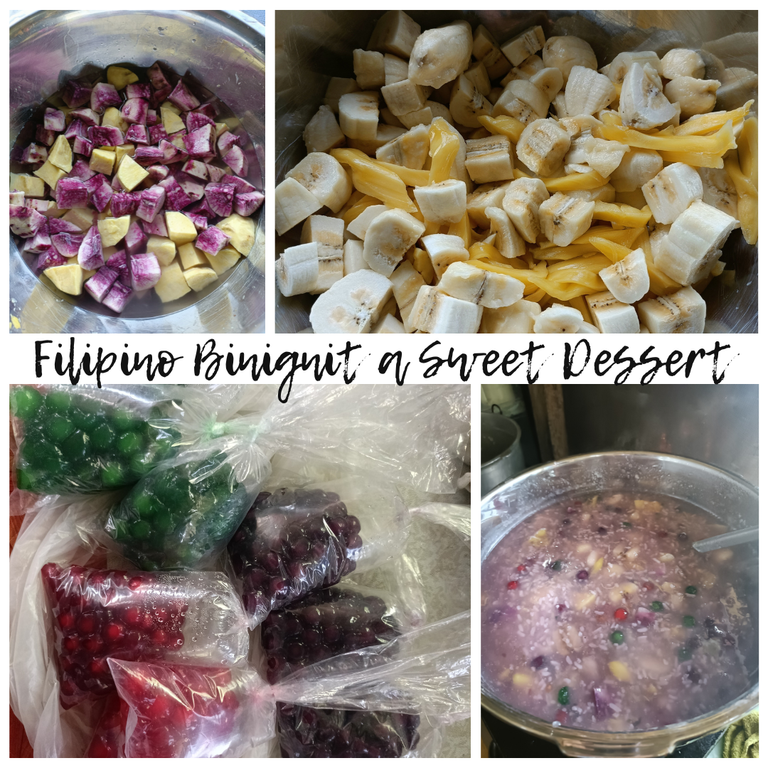
Hello everyone! I want to share how we stay connected and enjoy making this vibrant Filipino dish, which is our comfort food. Every Easter, we either go out or stay home to prepare delicious dishes to enjoy together. It’s a time for reflection and, of course, great food!
For those who may not be familiar, binignit is more than just a dessert; it’s a warm and hearty stew made with glutinous rice (malagkit), various root vegetables like sweet potatoes (kamote), saba bananas, jackfruit (langka), tapioca pearls (sago), and sometimes purple ube (yam). These ingredients are combined in a large pot and simmered in a rich, sweet coconut milk broth.
Now, let’s dive in! Here’s how we make our binignit. The beauty of this dish is its flexibility; you can adjust the ingredients based on your preferences or what you have available.
Ingredients:
Sweet Potato 4 pieces
Saba Bananas 10 pieces
Jackfruit(langka) 1 small piece
Glutinous Rice(malagkit) 1 kilo
Tapioca Pearls(Sago) 9 packs (red, gree,n and purple)
Landang 3 packs
Coconut milk 3 pieces of coconut
Water (it depends on you)
White sugar 1/2 kilo
Condensed milk or fresh milk 1 pc.
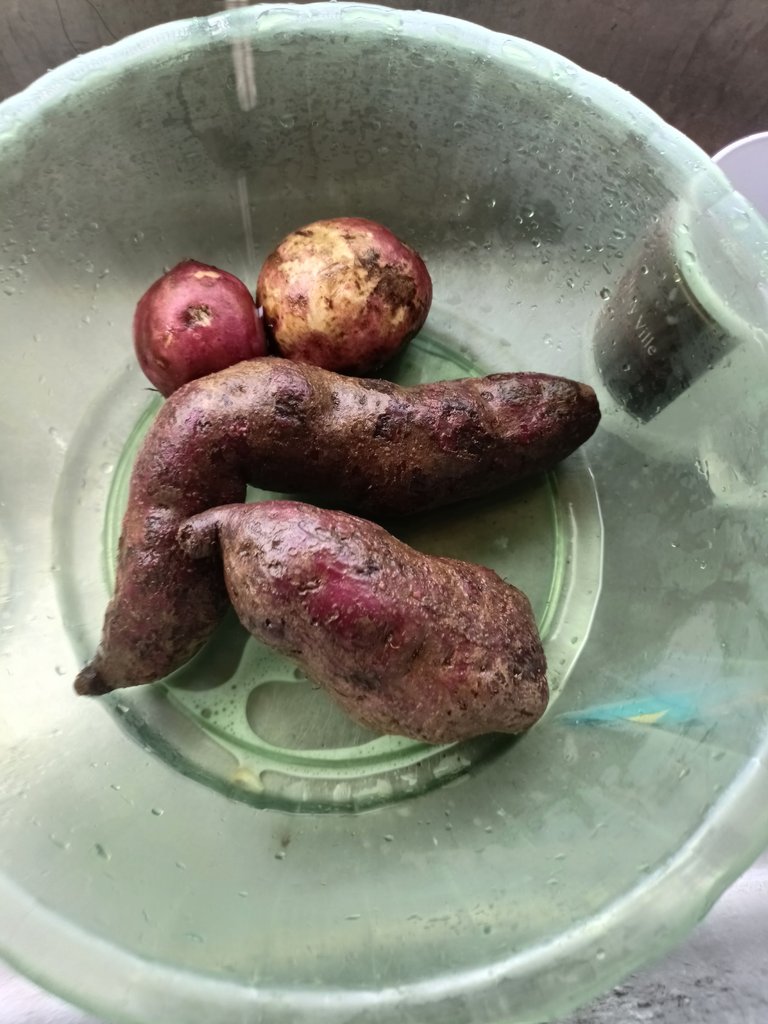

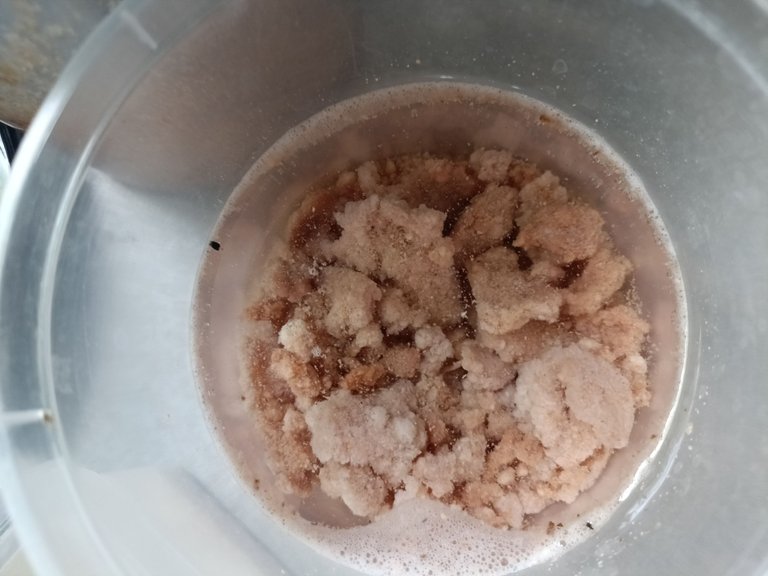
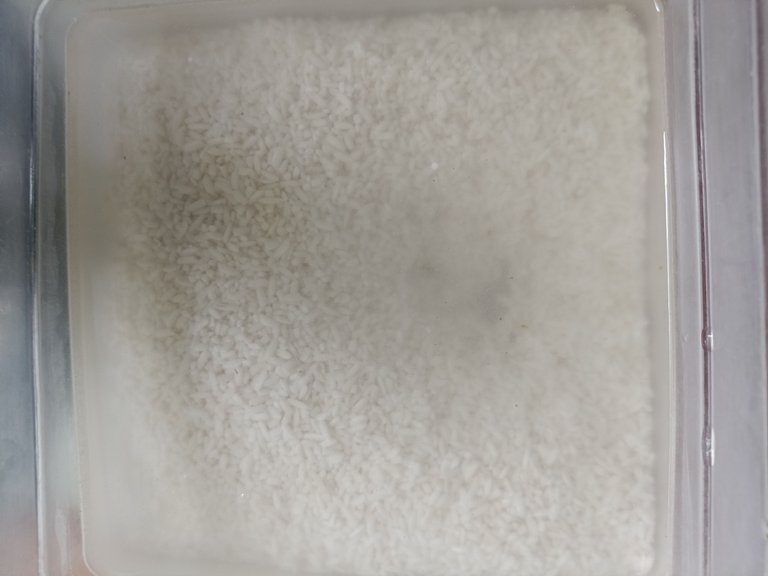
How to prepare:
Wash, peel, and cut the root vegetables into uniform cubes to ensure even cooking.

Peel and slice the saba bananas, then cut the jackfruit into small strips. We combine them because they will be the first ingredients to go into the pot.

We immersed the malagkit rice and will cook it separately. The landang was also softened with water and will be added to the pot later.


Pour a little water into the coconut meat and squeeze harder to extract the rich, pure coconut milk. Make sure your hands are clean, don't worry, she washed her hands prior to squeezing the coconut.


In a large pot, add a decent amount of water, bring it to a boil, and then boil it over high heat to speed up. When the water boils, add the banana saba and jackfruit. Make sure to turn the heat to medium after adding the banana and jackfruit.


We should cook the malagkit in a separate pot. Once it boils, add the landang and continue to cook them together, stirring continuously to prevent the rice from burning at the bottom of the pot. If the mixture is not fully cooked, feel free to add more water.



Next, add the sweet potato to the first pot and continue stirring. The color turns purple due to the purple potatoes.

Once the malagkit and landang are cooked, gradually combine them with the sago while continuing to stir. Then add the white sugar.
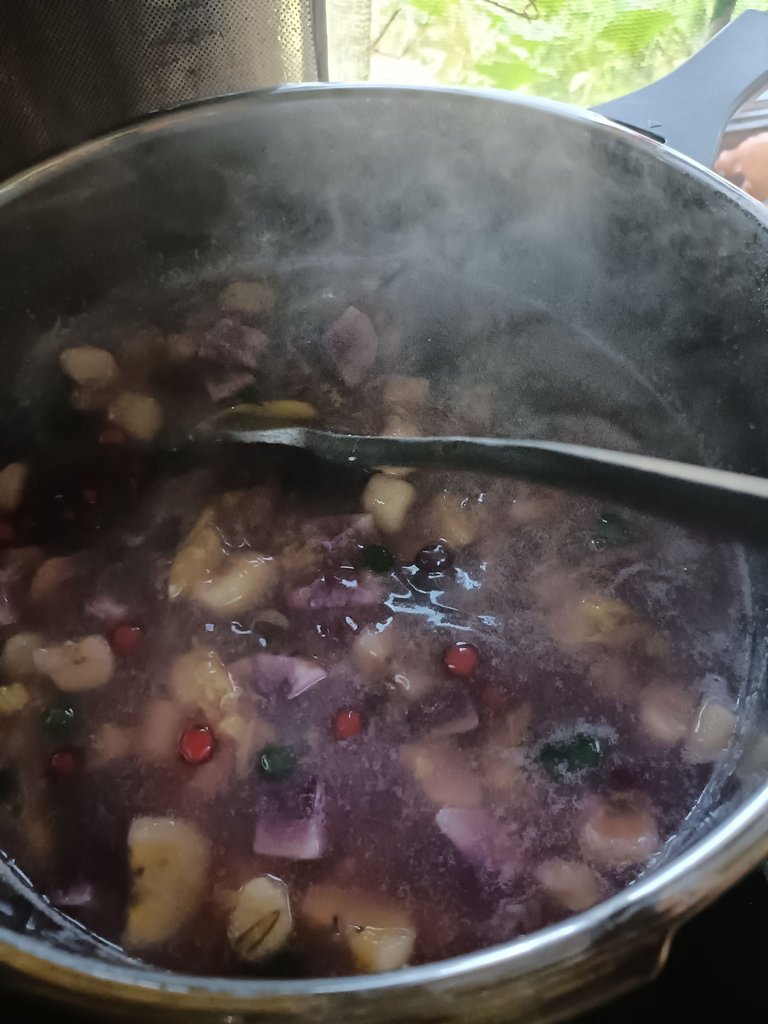
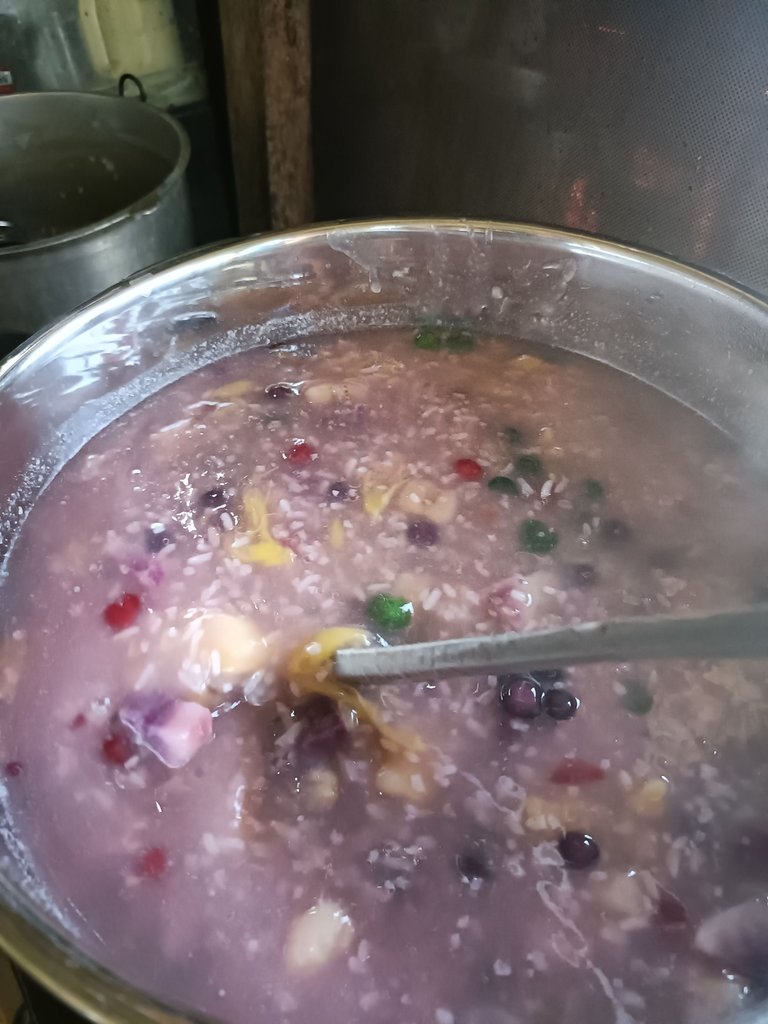
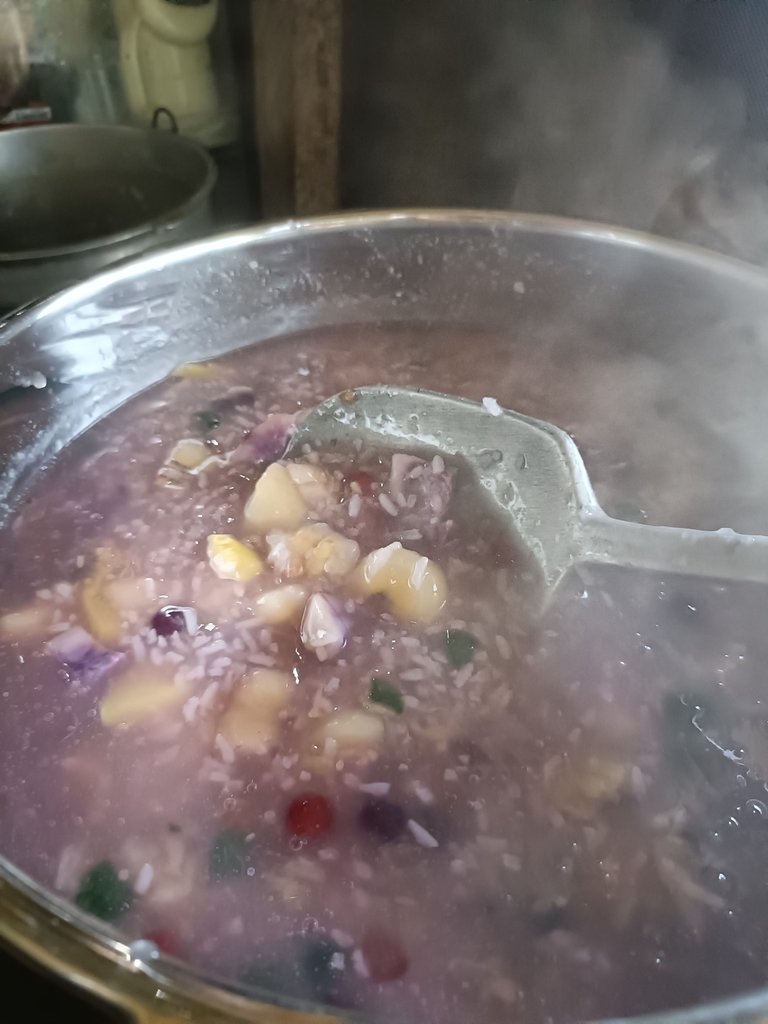
Gradually add the coconut milk, using a strainer to remove the solids. I apologize for not taking a picture of the coconut milk; I was stirring.


Add some milk to achieve a creamier texture.

Just continue stirring and make sure to cook the coconut milk. After a few minutes, the Bingnit is ready to serve. Now it's ready to eat after a tiring stirring and a long period of waiting.

Every spoonful of binignit is a delightful experience, showcasing a harmonious blend of sweet coconut milk. You can truly appreciate the distinct taste and texture of each component, making it a uniquely satisfying Filipino treat.
Thank you for visiting my blog and see you next time!
Lead Image edited thru Canva Edu Lifetime

Yummy! that's my favorite especially the day after when you put it inside the refrigerator and its chill.. Perfect for coffee.
Oh, yes but I really want it hot. So after the fridge, I will put it inside the pot and reheat it again. hahaha
Gossshhhh this looks so delightful. We have different versions of benignit, but the common thing about them all is the camote, banana, and malagkit. They are the base ingredients of every benignit.
Yes, you are correct, but making binignit is flexible; you can experiment with the ingredients.
Nakakamiss kumain ng Binignit. hirap makahanap ingredients dito sa France. kaloka.
Aw yun lang po. You can make whatever available in your place, I mean magcreate France version of Binigbit. hehehe
It’s one of those desserts that makes Holy Week feel even more meaningful. Binignit is truly a taste of tradition! I missed eating Binignit. 😳
Yes, is it not available in Dubai? I mean, there are a lot of Filipino restaurants there.
Some do offer binignit, especially during Holy Week, but it's still a bit rare to find.😒
⋆ ᴛʜᴇ ᴘʟᴀᴄᴇ ғᴏʀ sᴏᴜᴛʜᴇᴀsᴛ ᴀsɪᴀɴ ᴄᴏɴᴛᴇɴᴛ ᴏɴ ʜɪᴠᴇ
⋆ sᴜʙsᴄʀɪʙᴇ ᴛᴏ ᴛʜᴇ ᴀsᴇᴀɴ ʜɪᴠᴇ ᴄᴏᴍᴍᴜɴɪᴛʏ
⋆ ғᴏʟʟᴏᴡ ᴛʜᴇ ᴀsᴇᴀɴ ʜɪᴠᴇ ᴄᴏᴍᴍᴜɴɪᴛʏ ᴠᴏᴛɪɴɢ ᴛʀᴀɪʟ
⋆ ᴅᴇʟᴇɢᴀᴛɪᴏɴ ʟɪɴᴋs 25 ʜᴘ⇾50 ʜᴘ⇾100 ʜᴘ⇾500 ʜᴘ⇾1,000 ʜᴘ